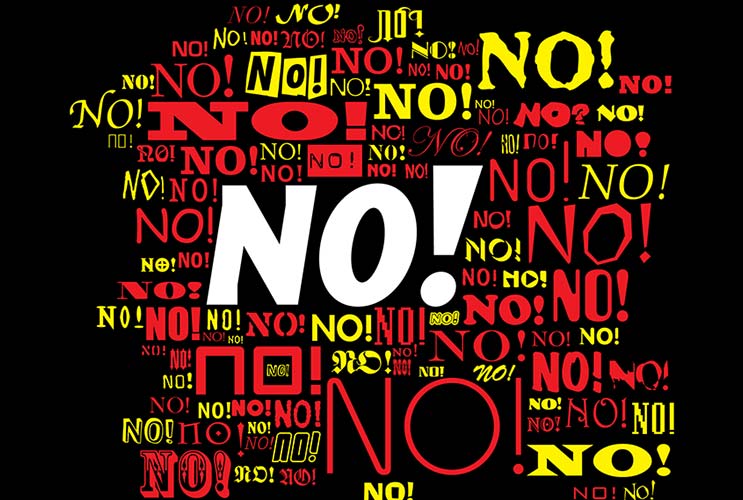
We’ve all been there: Your toddler is having a meltdown at the grocery store, everyone is watching and instead of being firm on the no candy before dinner rule, you give in to buying that bag of sweets, just so your little screamer will unglue herself off the floor in aisle 5, and exit quietly out the door. Guilty of having done this, too? You are not alone. The move to just say no or even the power to say no does not come easy to everyone.
Child psychologists agree that the worst you can do for your child is not set consistent limits and boundaries for them from early on. Deep down we feel as if saying no is mean and will only bring our child unhappiness, when in fact boundaries and a familiar routine makes them feel more secure. Children thrive in environments where there are clear limits and learn the ability to tolerate frustration and manage themselves. So if one day you say yes to the candy right before dinner and the next you say no, your child is going feel frustrated. The truth is, sometimes (alright, most of the time!) you just have to be the bad guy in order to be a good mother.
“For many parents, it’s easier to give in than to deal with their child’s negative reaction or their own feelings of guilt, resentment, anger, or general discomfort. Other parents give in by doing their child’s chores for them without holding them accountable because they don’t feel like fighting about it,” Sara Bean, M.Ed. advised in Empowering Parents.
Read Related: How to Teach Your Child to Live a Disciplined Life
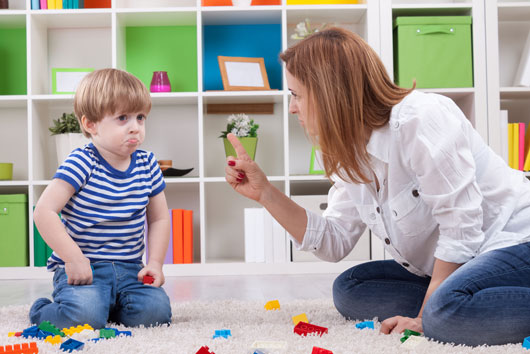
But the power to say no is not the only thing that matters. Dr. Sears recommends not only relying on the word no to get your point across each time. Imagine hearing no day in and day out several times a day? It eventually loses its drama. A parent’s best strategic move is learning how work around the no’s, whether it’s adjusting your tone of voice to convey that you don’t like something, or using facial expressions that your child can easily read. You can also build a creative vocabulary that include: “cannot” or “stop” or “dirty” “bad for you” “put it down” or “not safe.” Whatever the wordage, the key is to redirect your toddler or child’s activity, while teaching them the proper boundaries they need. Or else, that meltdown in the grocery store will keep on occurring like a scene from Groundhog’s Day. “Mothers who can’t learn how to say no will have a big problem on their hands down the line. They become the moms that we see getting yanked around like puppets by their preschoolers,” say the experts at Ask Dr. Sears.
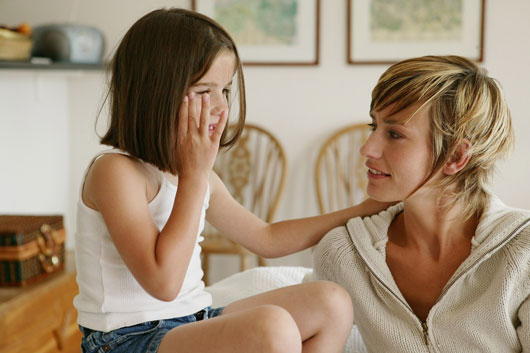
Keep in mind that saying no is not threatening your child if you convey the word or idea (using other language) with firmness, confidence and love. Sure, it may rustle her feathers for one to fifteen minutes, but hang in there, they’re kids, and with your help they’ll get distracted and interested in something else soon enough. As Parenting magazine reports, children who receive yes’s all day long, do not live in the real world and will have trouble dealing with disappointment, prioritizing between work and play, and learning how to argue. We can’t always have our way and the sooner kids learn this, the more successful they will be in their relationships, at school and in achieving whatever it is they want to be when they grow up. Remember, the power to say no is all about developing a sense of respect from your young ones. Don’t be afraid to just say no and you’ll likely see a lot more yes from your kids.




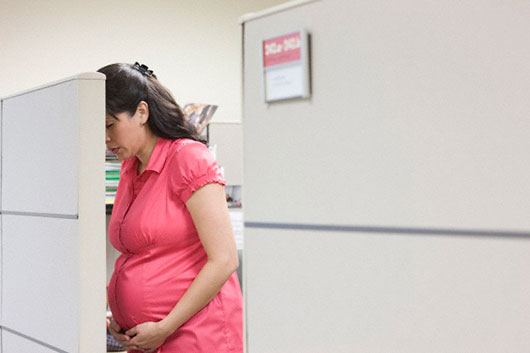

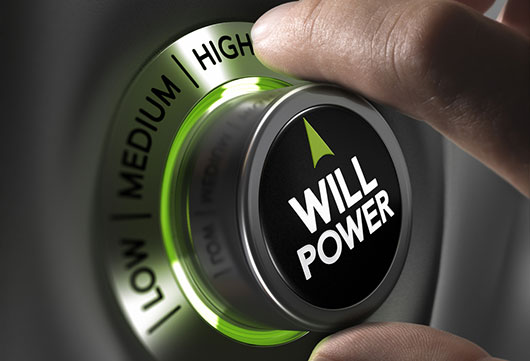





Leave a Reply
Want to join the discussion?Feel free to contribute!